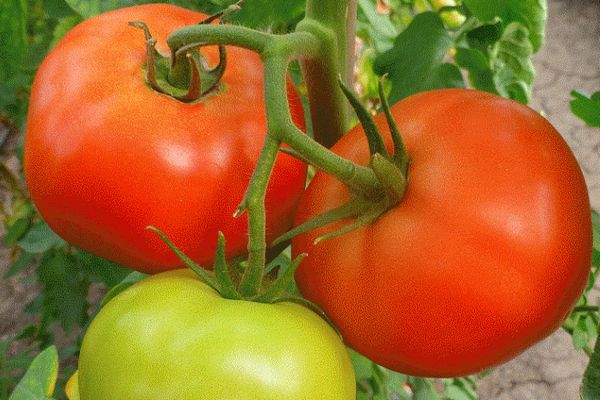
Zhenaros has proven itself both in greenhouse growing conditions and in open beds. Appeared in the arsenal of Russian gardeners and summer residents relatively recently, bred by Dutch colleagues and belongs to the hybrid subspecies of the plant. This means that it is impossible to obtain high-quality seed material at home.
Zhenaros is famous for its high mid-early yield, relatively resistant to the main types of diseases, and good ability to ovary in areas with unstable climatic conditions. However, like all tomatoes, it prefers greenhouse spring due to the characteristics of the vegetable itself.
Content
Bush characteristic
The variety belongs to indeterminate species, therefore, in the southern regions of the country and in greenhouses of various types, its growth does not stop all the while the root system is in the ground. This ability necessitates the constant formation of a bush in one stem by pinching.
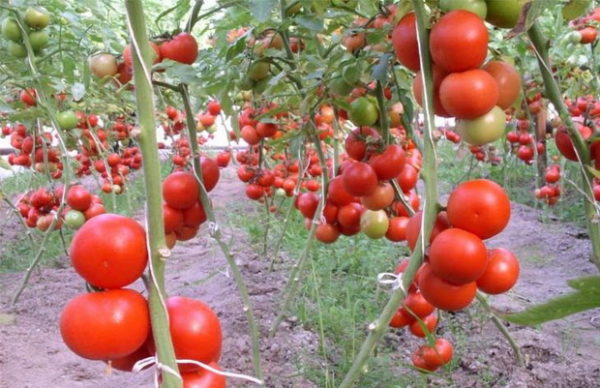
Throughout the entire growth and fruiting season, it is recommended that the plant be tied to trellises prepared in advance. This will help to keep the bush in a compact state and prevent infection of the stem and leaves with various fungal spores in the ground.
Zhenaros has a well-leafy bush, the first ovary is formed in the sinus of 9 leaves. It tolerates high temperatures and therefore in a dry summer the flowers do not fall, guaranteeing strong ovaries.
Fruit characterization
Berries fully ripen on 124 days after planting, while in case of compliance with all agronomic nuances they have the following indicators:
- maximum fruit weight - 220 g;
- shape - flat-round, slightly ribbed;
- taste - aromatic, sweet with thick flesh and dense glossy skin;
- keeping quality - at room temperature, fully ripened tomatoes of a bright red color are stored for about 12 days, in a cool room - a little longer.
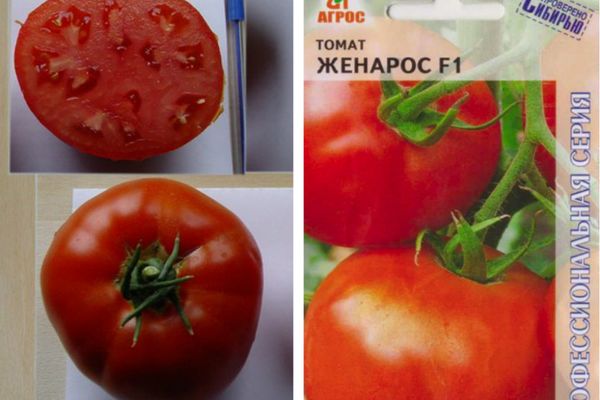
Suitable for all types of blanks - juices, pastes; sauces, salads, pickling and canning both in whole form and in assortment with other vegetables.
Under optimal growing conditions, tomato of the Zhenaros variety produces about 13 kg of high quality fruits and good transportability per 1 sq. Km. m
Grade Features
According to manufacturers, the intensity of fruiting in Zhenaros is greatly influenced by timely top-dressing with complex fertilizers of prolonged type and moderate watering. It is advisable to make as necessary loosening of the soil on the near-trunk territory and to prevent overgrowing with weeds.
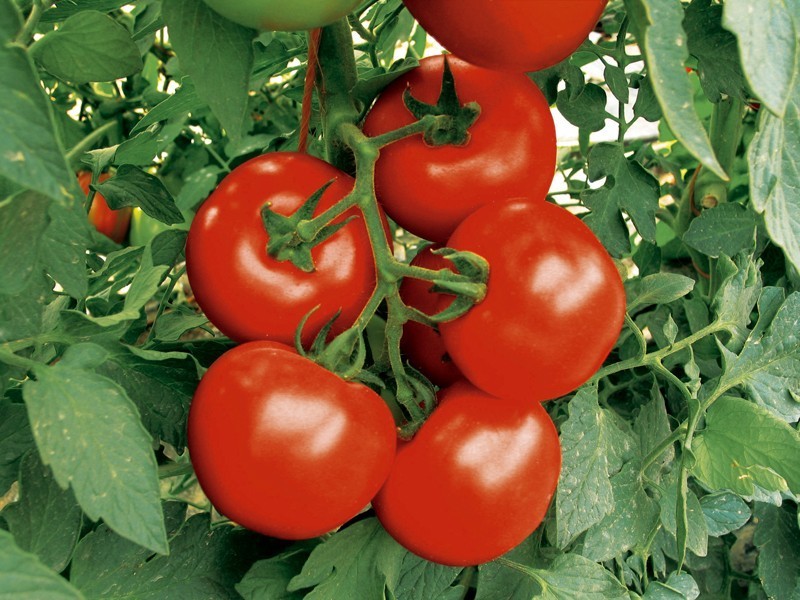
At the same time, poor soils are not a particular problem for the variety; the tomatoes of this subspecies sharply react to good illumination and will not bear fruit in a dark place. Therefore, the state registry of Russia recommends the cultivation of tomatoes of the variety Zhenaros throughout the III light zone of the country.
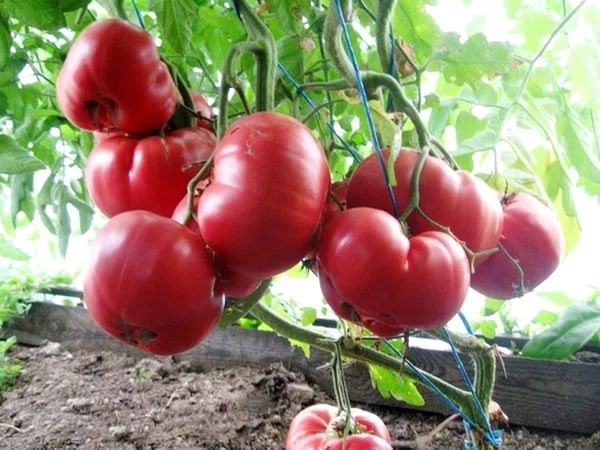
Disease resistance
According to the manufacturer, the variety perfectly tolerates the most common tomato diseases characteristic of this delicious berry:
- tobacco mosaic virus;
- cladosporiosis;
- late blight;
- Fusarium
- verticillosis.
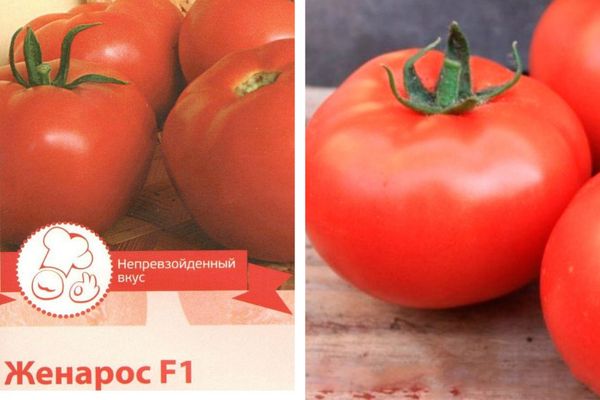
Galls of the golden nematode on the roots and stems of the plant do not form, therefore it is quite possible to do without specific chemicals to destroy this small pest throughout the growing season.
Important! In the cool summer, it is imperative to pinch off the lower leaves on the bushes to prevent them from decaying from moist soil.
Seedling time
Since it is indicated on the packaging of tomatoes that the term for the appearance of a tasty crop on young shoots is expected to be 124 days after planting, it is recommended to plant seedlings of the variety in the beginning of March in the third light zone.
If you plan to grow a hybrid in open beds, when calculating the optimal sowing time, you should take into account the onset of spring frost in the middle lane, since subzero temperatures can destroy young plants.




 Low-growing tomatoes, without pinching: 5 of the most delicious varieties
Low-growing tomatoes, without pinching: 5 of the most delicious varieties Why tomato seedlings grow poorly
Why tomato seedlings grow poorly We grow a tomato in a shell
We grow a tomato in a shell Growing tomatoes without watering according to the method of Kazarin
Growing tomatoes without watering according to the method of Kazarin